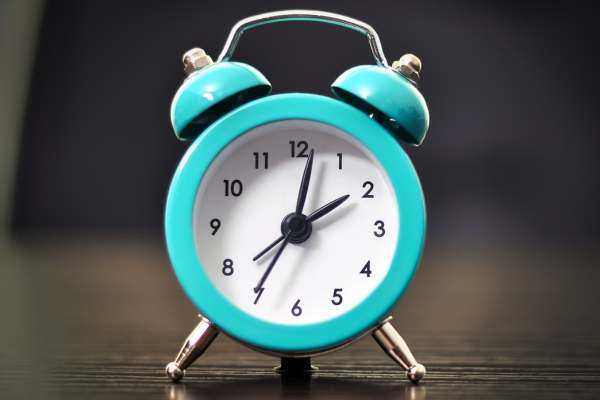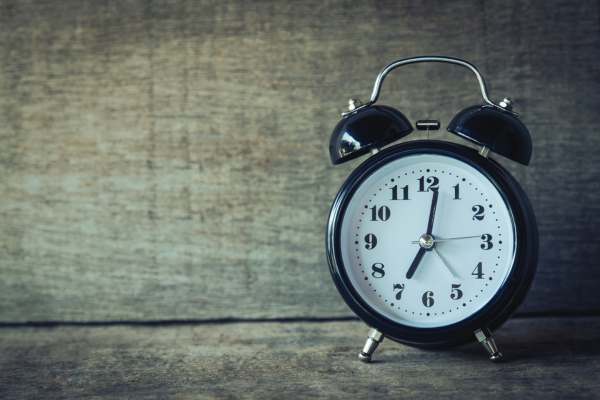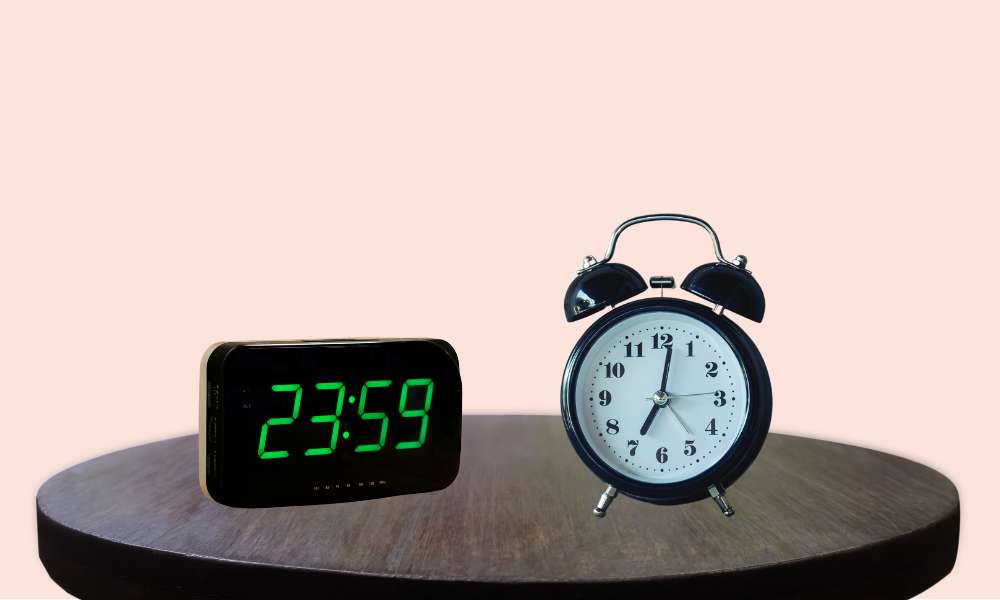Timekeeping is vital to human civilization, helping us organize our days, maintain schedules, and coordinate activities from market hours to public transport and global finance. Central to this are two primary devices: digital and analog clock. Digital clocks provide clear numeric displays and features like alarms and timers, proving crucial in contemporary settings. Analog clocks, with their classic designs, offer an artistic flair and maintain traditional timekeeping methods. This blog post will delve into both types of clocks, examining their mechanics, functionalities, and roles in our daily lives, illustrating their importance in a world governed by time.
Understanding Analog Clocks

An analog clock is a traditional timekeeping device characterized by its display of time through the movement of hands on a numbered dial. An analog clock typically consists of three main components: the face, often circular with numbers or markers representing the hours; the hands, including a shorter hour hand, a longer minute hand, and sometimes a second hand; and the internal mechanisms, usually powered by quartz or mechanical gears.
The working principle of an analog clock involves a power source—either a battery in quartz clocks or a winding mechanism in mechanical ones—that drives the gears. These gears regulate the movement of the hands at a controlled pace, with the hour hand moving slower than the minute hand, accurately reflecting the passage of time. This intricate dance of gears and hands not only fulfills the practical function of timekeeping but also adds an element of classic aesthetic appeal to any setting.
The Charm of Analog Clock

People revere analog clocks not just for their timekeeping functionality but also for their aesthetic appeal and cultural significance, which render them cherished elements of home decor and heritage. These clocks are available in an array of styles and mechanisms that cater to diverse tastes and environments. From the stately grandfather clocks with their resonant chimes and majestic pendulum movements to the delicate craftsmanship of mantel clocks, each style offers a unique narrative and ambiance.
The traditional aspects of analog clocks—such as Roman numerals, ornate hands, and meticulously designed casings—reflect a deep historical lineage, often making them collector’s items and family heirlooms. Beyond their practical use, these clocks serve as focal points in interior design, adding elegance and character to spaces. Their role extends into cultural significance where certain clocks, like cuckoo clocks or the iconic Big Ben, hold symbolic meanings and are integral to the cultural identities of their regions. Analog clocks, therefore, transcend simple timekeeping to embody art, history, and tradition in their timeless movements.
Understanding Digital Clocks

A digital clock, unlike its analog counterpart, displays time numerically with digits instead of hands moving around a dial. This type of clock typically comprises several key components: a digital display, internal circuitry, and a power source. The display, usually LCD or LED, clearly shows the time in hours, minutes, and sometimes seconds, using either a 12-hour format with AM/PM indication or a 24-hour format. Inside, the sophisticated circuitry includes a microprocessor that interprets electronic signals, which dictate the time displayed.
These signals are often generated by a quartz crystal oscillator, which vibrates at a precise frequency when an electric current is applied, ensuring high accuracy in timekeeping. Power for these clocks can come from various sources such as batteries, electrical outlets, or even alternative means like solar power. The combination of these elements allows digital clocks to offer not just time display but also additional features like alarms, timers, and even calendars, making them highly versatile and suited for modern lifestyle needs.
The Convenience of Digital Clocks

Digital clocks are hailed for their practicality, driven by precision, ease of readability, and a suite of functional features that significantly enhance everyday life. With their crystal-clear digital displays, these clocks offer unparalleled accuracy and simplicity in time reading, eliminating any ambiguity that might arise from interpreting traditional analog clocks. This precision is accompanied by additional features such as alarms, countdown timers, and even integrated calendars, which are invaluable for managing daily schedules and reminders.
Digital clocks vary widely in form and function they range from standalone units, perfect for bedside tables and office desks, to integrated systems within various gadgets like smartphones, microwave ovens, and cars. This integration into broader technology ecosystems allows digital clocks to sync seamlessly with other devices, providing synchronized alerts and updates. The impact of digital clocks on modern lifestyles is profound, as they not only keep us punctually aligned but also interwoven with the technological fabric of our environments, facilitating a more organized and efficient way of life.
Comparison of Digital and Analog Clocks
When comparing digital and analog clocks, several factors highlight their differences and practical implications. Digital clocks are generally more accurate and reliable in timekeeping due to their electronic mechanisms, which are less susceptible to environmental variables like temperature and humidity that can affect mechanical gears in analog clocks. The ease of use is also a notable advantage for digital clocks their direct numeric display eliminates the need to interpret the positions of hands on a dial, making them particularly user-friendly for all ages, including young children and the elderly. Additionally, digital clocks often feature straightforward interfaces for setting alarms and other functions, reducing the learning curve associated with their operation.
Maintenance for digital clocks typically involves simple battery replacements or electrical connections, whereas analog clocks may require more intricate servicing, like lubrication of mechanical parts or professional adjustments to maintain accuracy. In terms of longevity, while high-quality analog clocks can last for decades and are often treasured as heirlooms, digital clocks, with fewer moving parts, tend to have a more predictable lifespan based on their electronic components and power sources.
Choosing Between Digital and Analog

When selecting a clock, understanding the differences between digital and analog options is essential. Digital clocks display time with numerical digits, providing precise and easily readable information. They often come with additional features like alarms, timers, and backlighting. Analog clocks, on the other hand, use hour and minute hands to represent time on a dial, offering a classic and timeless look. They can enhance the aesthetic appeal of any space. Your choice depends on your preference for functionality or style. Digital clocks are ideal for precision and modern features, while analog clocks add elegance and a touch of tradition to your decor.
Final Thought
Both digital and analog clocks provide unique features that cater to varied preferences, highlighting their continued importance in our daily lives. Offering multifunctional capabilities essential in settings where accuracy is key, digital clocks are valued for their precision and ease of use. Analog clocks, known for their aesthetic appeal and craftsmanship, add timeless elegance to any space. Each type has its place, from offices to homes, reflecting personal tastes and needs. As technology evolves and life becomes more digital, having both types of clocks ensures we stay connected to time in the most suitable way for our individual lives.

